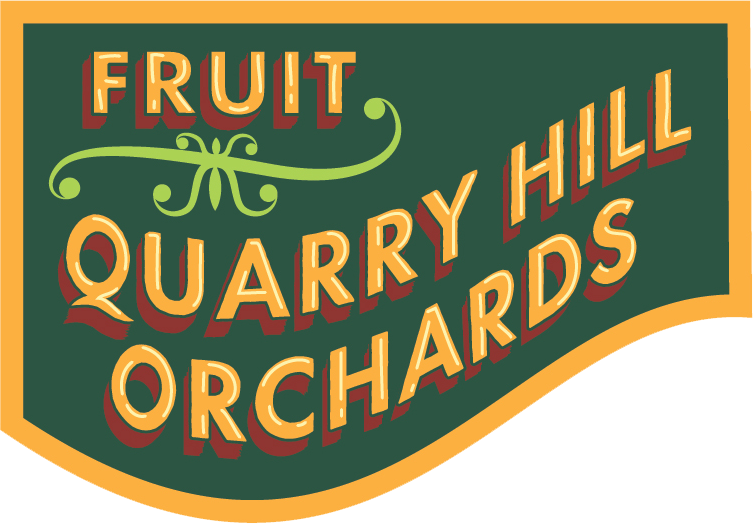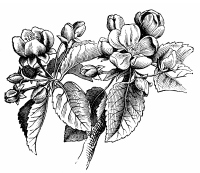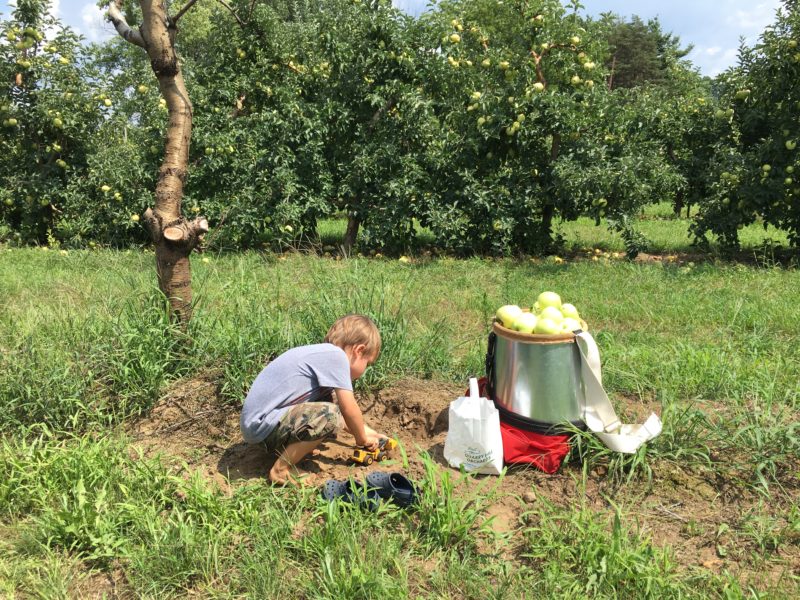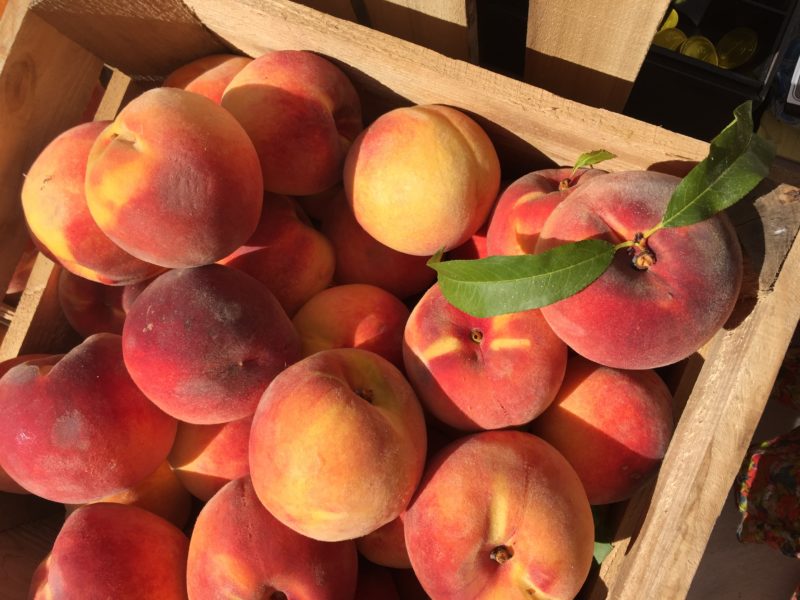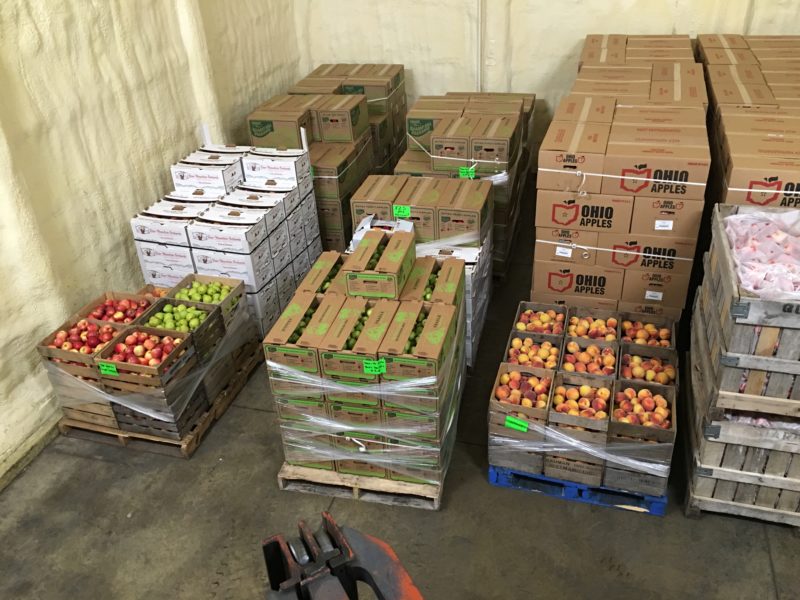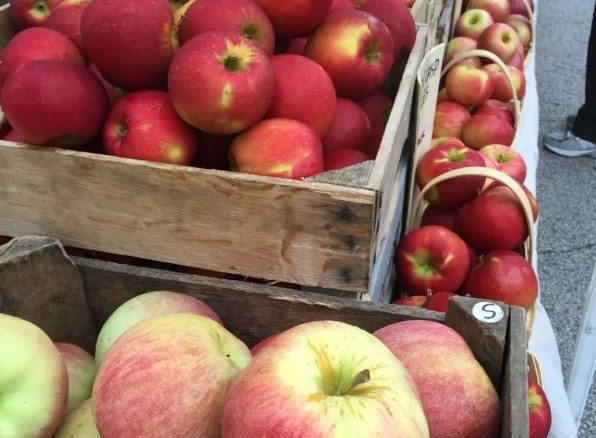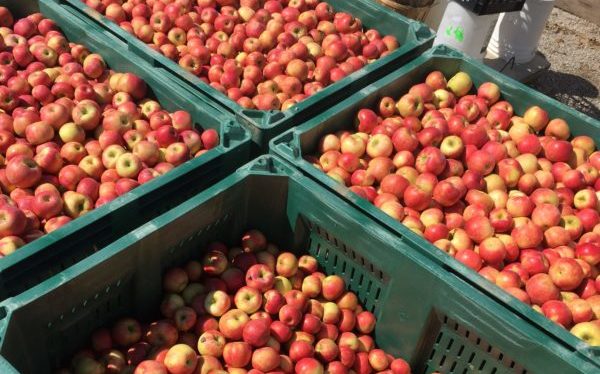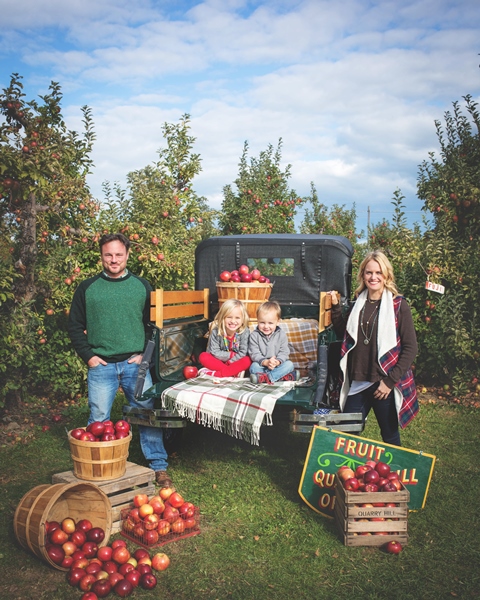 BROOKE’S BULLETIN
BROOKE’S BULLETIN
October 2016
A seasonal recipe and narrative from our loyal and long-time (25-years) customer Brenda Glasure
“Thank you to all the people who keep spaces, converted pole barns and haywagon harvests. Thank you to the growers and risk-takers, rolling the dice with the wind, the hail, ice, water – or lack thereof. Putting in the work; believing in the work. You nourish us, body and soul. I feel a vast contentment, buying a bushel of apples that grew on trees I have met.”
East Meets West Applesauce, from the kitchen of Brenda Glasure
- Peel, core and slice about 25 apples. I like to use one variety that completely breaks down with cooking and one variety that tends to keep it’s shape. Today, I used Fuji and Crimson Crisp.
- Place the prepared apples in a large, heavy pot. I add about 1 cup of water or cider, if you have it. Cover and cook on low heat until the apples break down and become *saucy*. Cook down to your liking. We like our applesauce thick, so I cook for a little over an hour.
- Add about ¼ teaspoon of salt, ½ cup of brown sugar (this is completely optional. I don’t generally sweeten our sauce, but it is a great addition if you like your sauce as a sweet dessert.)
- Add ½ to 1 tablespoon Garam Masala to taste (recipe follows)
Garam Masala Mix:
1 tablespoon cumin
1 ½ teaspoons ground coriander
1 ½ teaspoons ground cardamom
1 ½ to 2 teaspoons ground black pepper
2 teaspoons cinnamon
½ teaspoons ground cloves
½ teaspoons ground nutmeg
Mix all together. You can purchase this mix already made from various companies. I like to make my own as I like it heavier on the black pepper and cinnamon. ENJOY!
My grandparents had a dairy farm, a mighty Ohio spread, measuring nearly 180 acres in Champaign County. I spent quite a bit of time there while growing up. Farms are not easy. There was always work to be done. Besides the crops and the milking of the cows, there was often food to be harvested, canned, frozen; meals to be cooked. The lessons were simple, primal and deep; lessons of nourishing the people and animals who lived there. From seed to plant, from bloom to fruit, from fruit to harvest, to the kitchen, to the table. Buying fresh and direct from farmers is natural and right to me.
So it begins – the day after buying apples at Quarry Hill – the order of things – putting food by. After a good scrubbing, the apples are divided. Plenty of the bright, snappy fruit will be munched fresh from the fridge. But with a nod to the icy days to come, at least one big batch of apples (usually about 40-50) are peeled, sliced and cooked down with some spices. The homemade apple sauce is unbelievably delicious on cold winter nights, alongside a bowl of hot soup. It reminds us of sunny days and renews a reverence for the vitality the earth provides.
Applesauce – I cook in batches of about 25 apples. I will spice them with either cinnamon, ginger, mace or an Indian spice mix called Garam Masala, which includes black pepper and coriander with cinnamon and ginger and various other spices. Both variations are absolutely delicious. Freeze the sauce in Ziplocs or freezer containers to be meted out for holiday dinners and cold days when you just need a little sunshine.
— Brenda Glasure
